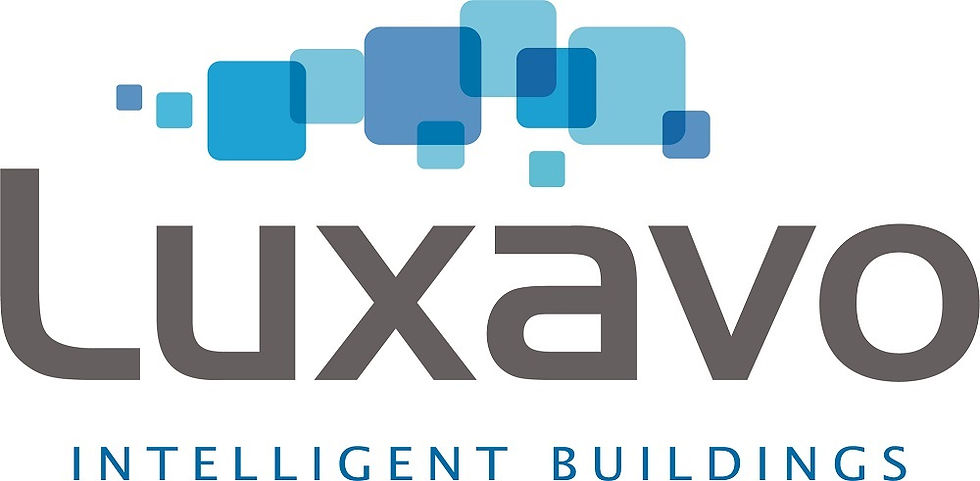A SMART LIGHTING SOLUTION WITH LOTS OF HEALTH AND WELLBEING BENEFITS
- greg2950
- Aug 25, 2023
- 4 min read
Fluorescent lights, computer and smartphone screens, neon signs—there is certainly a lot of peripheral light in our lives. And to your circadian rhythms, that light can read like a lot of excess noise.
Fortunately, smart lighting and scheduled scenes can help you reduce the effects of unwanted light—at least in your home—keeping you alert throughout the day and helping you fall fast asleep at night.

The Science:
Scientists studying the effects of light on our neurology have come to one clear conclusion: cool, white light seems to make the mind more active and productive, while soft, warm light induces melatonin, a precursor to sleep. Colour ‘temperature,’ in essence, the amount of blue (‘cool’) or yellow (‘warm’) wavelengths in a light source has been shown to have a definite effect on our sleep—and by extension, our overall health and wellbeing. In fact, Harvard research linked lower melatonin to Type 2 diabetes.
Unfortunately, modern devices and lights tend to land on the cooler side of the lighting spectrum. Standard LEDs may be better for the environment, but they usually produce a bluish light—not the best preparation for a good nights sleep. In a recent study, researchers exposed participants to various amounts of green and blue light, and then surveyed their alertness levels—and measured their neural functioning via EEG (a test that measures electrical activity in the brain using small, metal discs (electrodes) attached to the scalp). Both the responses and the test results showed a positive correlation between blue light and alertness.

Smart device manufacturers are working hard to help solve this problem. If we are honest, a lot of us are pretty addicted to our small screen devices. But exposing ourselves to that light at the end of the day can also increase the probability of restless nights. Scientists have determined that as little as two hours of pre-bedtime screen use can impact your body’s melatonin production.
So how can a smart lighting system help?
Smart lighting systems can indeed play a significant role in enhancing health and well-being by positively impacting our circadian rhythms, sleep patterns, mood, and overall comfort. Here's how smart lighting can contribute to health and well-being:
Circadian Rhythm Regulation: Our bodies are regulated by a circadian rhythm, a natural internal process that regulates the sleep-wake cycle and repeats roughly every 24 hours. Smart lighting systems can mimic natural daylight patterns by adjusting the color temperature and intensity of the light throughout the day. This can help regulate our internal clocks, leading to better sleep quality and overall health.
Dynamic Lighting: Smart lighting can change its color and intensity based on the time of day. In the morning, cool white light with higher color temperature can simulate natural sunlight, helping to wake you up and increase alertness. In the evening, warmer, dimmer light can signal to your body that it's time to wind down and prepare for sleep.
Sleep Enhancement: Exposure to bright, blue-rich light in the evening can suppress the production of melatonin, a hormone that promotes sleep. Smart lighting can automatically reduce blue light content as bedtime approaches, helping you fall asleep more easily and enjoy a deeper, more restful sleep.
Personalized Lighting Scenes: Smart lighting systems can be programmed to create different lighting scenes for various activities such as reading, working, relaxing, or entertaining. This ensures that the lighting matches the task at hand, reducing eye strain and enhancing the overall experience.
Adaptive Lighting: Some smart lighting systems can adjust to your preferences and habits. They learn when you're usually home, your preferred lighting settings, and can adjust accordingly. This can create a more comfortable and convenient living environment.
Lighting Schedules: Regular routines are essential for maintaining a healthy circadian rhythm. Smart lighting can be programmed to follow specific schedules, gradually increasing light intensity in the morning and dimming in the evening. This consistency can improve sleep patterns and overall mood.
Reduced Energy Consumption: Many smart lighting systems are energy-efficient and can be controlled remotely. This not only helps save on energy costs but also contributes to environmental sustainability.
Emotional Well-being: Different lighting colours can influence our emotions. Warm, soft tones can create a calming and relaxing atmosphere, while cooler tones can promote focus and alertness. Smart lighting allows you to easily adjust the ambiance to match your emotional needs.
Daylight Simulation: For spaces with limited natural light, smart lighting can simulate the changes in natural light levels, providing occupants with the benefits of sunlight exposure.
Integration with Other Systems: Smart lighting can be integrated with other smart home systems, such as smart thermostats and security systems. This interconnectedness can enhance the overall comfort and safety of your living environment.

When implementing a smart lighting system for health and well-being, it's important to consider factors such as the quality of the light source, the ability to customize settings, and the user-friendliness of the control interface. A custom designed lighting plan is an essential part of any new building project. Consulting with lighting professionals and experts in the field can help you design a system that aligns with your specific needs and goals.

The Luxavo Team can assist you with all of your Smart Lighting System design needs. Why not speak to one our professional team today.
Luxavo Email: info@luxavo.ie
or Phone: (01) 908 1202 or (042) 942 0261
#smarthom #smartlightingsystem #homeautomation #Intelligentbuildings #lightingdesign #InstantControl #AV #design #architects #interiordesigners






Comments